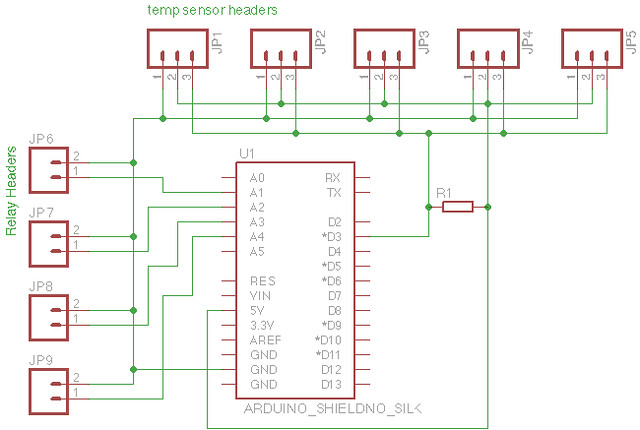bonj
Premier Ipswich Mash Proponent (PIMP)
- Joined
- 1/12/06
- Messages
- 2,816
- Reaction score
- 13
I have received some interest in my controller locally, and am thinking if there's enough interest I may put some sort of a kit together.
Full features are:
Unlike Gryphon's HERM-IT controller, it won't be available pre-built. If you're after a prebuilt unit that is featured similarly to this one, check the HERM-IT out.
Full features are:
- Up to 10 steps per mash program (each step contains a temperature and a time)
- Number of steps configurable per program in the menu
- 2 Preset mash programs (Zwickel's Ale, Zwickel's Lager) (possibility of more, or for changing the presets in the code (see below about open sourcing))
- 2 Custom program slots (can load and save your entered program) (possibility for more than 2 custom slots(see open sourcing below), it just makes the menus a little longer to traverse)
- PID controlled temperature
- PID tuning parameters can be edited and saved for future use
- Easy 3 button operation (left, right, select)
- Code will be open sourced (when I decide on which license to use.... front-runners are BSD and GPLv2)
- I'm *thinking* about incorporating the PID autotune library
Unlike Gryphon's HERM-IT controller, it won't be available pre-built. If you're after a prebuilt unit that is featured similarly to this one, check the HERM-IT out.







